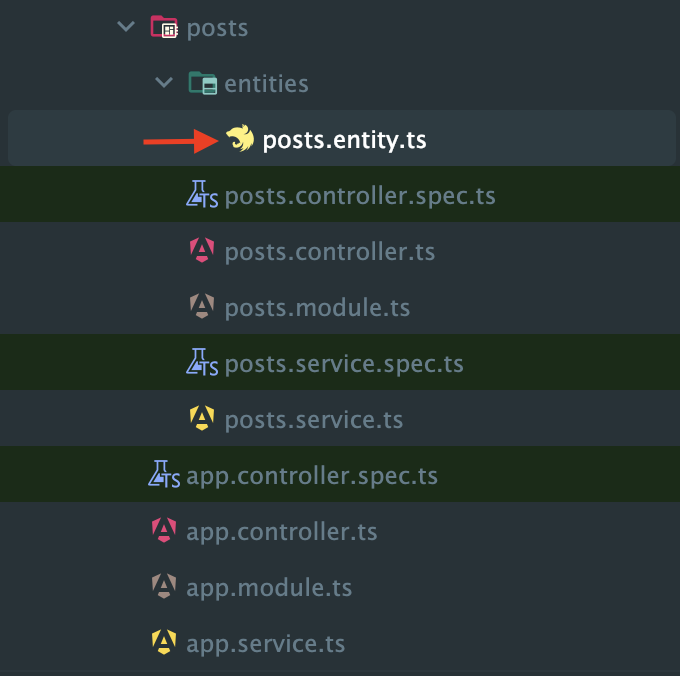[Nest.js 학습일기] 도커 & Postgresql연결
[Nest.js 학습일기] 도커 & Postgresql연결
Docker
‘제 컴퓨터에선 잘 돌아가는데요?’와 같은 상황을 막기 위한 프로그램이다. 쉽게말해서 다양한 환경에서 동일한 환경을 구축하고 프로그램을 실행할 수 있는 환경을 제공하는 것. 이게 Docker의 목적이다.
Docker Compose
Docker에서 만드는 컨테이너가 많아질 때, 이를 관리하기 위한 도구이다.
docker-compose.yaml을 생성하고 docker-compose up 이란 명령어로 실행 가능하다.
1
2
3
4
5
6
7
8
9
10
11
12
services:
postgres:
image: postgres:15
restart: always
volumes:
- ./postgres-data:/var/postgresql/data
ports:
- "5432:5432"
environment:
POSTGRES_USER: postgres
POSTGRES_PASSWORD: postgres
POSTGRES_DB: postgres
postgres를 연결하는 docker-compose.yaml 예시
TypeOrm
table을 생성할 때, sql문이 아닌 typeScript를 사용해서 설치할 수 있도로 하는 도구라고 생각하면 된다. @nestjs/typeorm, typeorm을 설치하고 사용 가능한데, 사용법은 다음과 같다.
1
2
3
4
5
6
7
8
9
10
11
12
13
14
15
16
17
18
19
20
21
22
23
24
// 여기에 post 관련 모델 생성, sql문 대체
import {Column, Entity, PrimaryGeneratedColumn} from "typeorm";
@Entity()
export class PostsModel {
@PrimaryGeneratedColumn()
id: number;
@Column()
author: string;
@Column()
title: string;
@Column()
content: string;
@Column()
likeCount: number;
@Column()
commentCount: number;
}
데코레이터로 어떤 클레스를 생성할지 어떤게 칼럼인지 작성해야하고, id의 경우 (pk) @PrimaryGeneratedColumn()으로 고유값 기능을 하도록 해야 한다. (고유값이 보장되어야 정상 작동한다.)
이후 app.module.ts의 entity를 수정한다. typeorm을 등록하고 1번과 2번에서 수행한 모델 생성과정이 내용이 반영되도록 추가해야한다.
1
2
3
4
5
6
7
8
9
10
11
12
13
14
15
16
17
18
19
20
21
// app.module.ts 일부
@Module({
imports: [
PostsModule,
TypeOrmModule.forRoot({
type: 'postgres',
host: 'localhost',
port: 5432,
username: 'postgres',
password: 'postgres',
database: 'postgres',
entities: [
PostsModel,
],
// 개발환경에선 싱크 맞추는게 편리. 그 외는 false
synchronize: true,
}),
],
controllers: [AppController],
providers: [AppService],
})
이후 이를 sql & database 관련 plugin으로 열어보면 정상 생성됨을 알 수 있다.
This post is licensed under CC BY 4.0 by the author.
